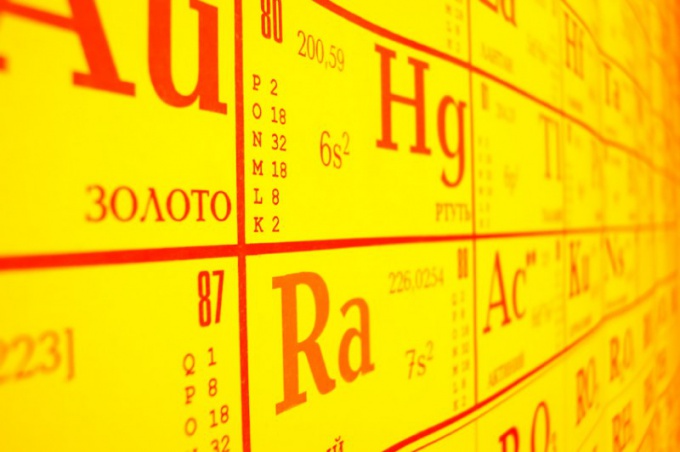You will need
- periodic table of chemical elements of D. I. Mendeleev.
Instruction
1
The proton is a positively charged particle with a mass 1836 times greater than the mass of the electron. The electric charge of the proton matches the module with the charge of the electron, and hence the charge of proton is 1.6*10 ^ (-19) Coulomb. Nuclei of different atoms contain different numbers of protons. For example, in the nucleus of the hydrogen atom with only one proton and in the nucleus of an atom of gold is seventy nine. The number of protons in the nucleus coincides with the sequence number of this element in table of D. I. Mendeleev. Therefore, in order to determine the number of protons in the nucleus of a chemical element, need to take the periodic table, find the desired item. At the top of the specified integer number is the ordinal number of an element is the number of protons in the nucleus. Example1. If you can determine the number of protons in the nucleus of an atom of polonium. Look in the periodic table chemical element polonium, it is located at number 84, then it is 84-of the proton.
2
Interestingly, the number of protons in the nucleus equals the number of electrons moving around the nucleus. That is, the number of electrons in the atom of an element is defined as the number of protons – the ordinal number of the element. Example 2. If the sequence number of polonium is 84, it has 84 protons (in the nucleus) and 84 electrons.
3
A neutron is an uncharged particle with a mass larger than the mass of the electron in 1839 times. In addition to the sequence number at the periodic table of chemical elements for each substance provided another number which, when rounded, displays the total number of particles (protons and neutrons) in the atomic nucleus. This number is called the mass number. To determine the number of neutrons in the nucleus be subtracted from the mass number the number of protons. Example 3. The number of protons in an atom of polonium is 84. Its mass number is 210, then, to determine the number of neutrons , find the difference between the mass number and sequence number: 210 – 84 = 126.
